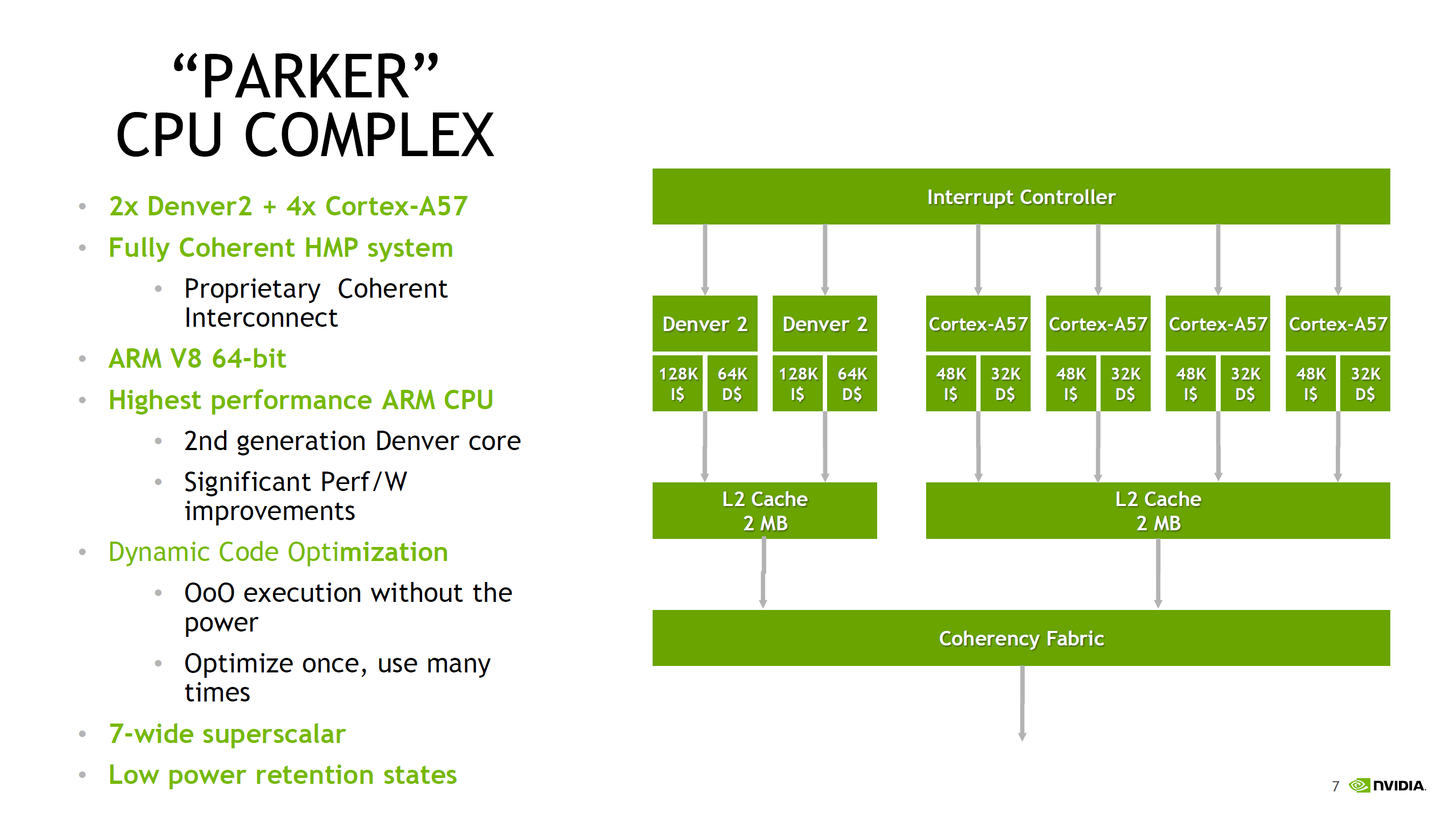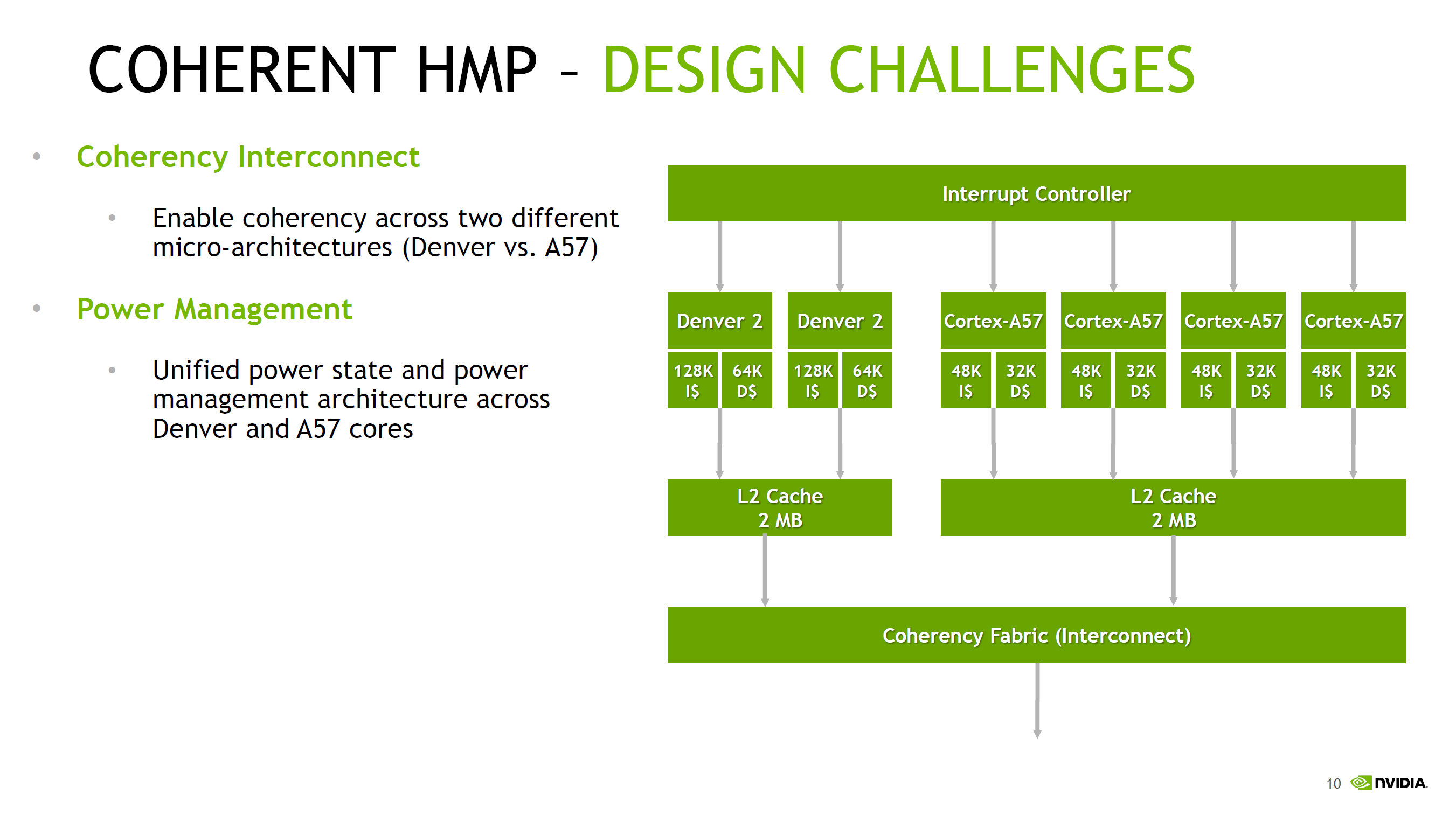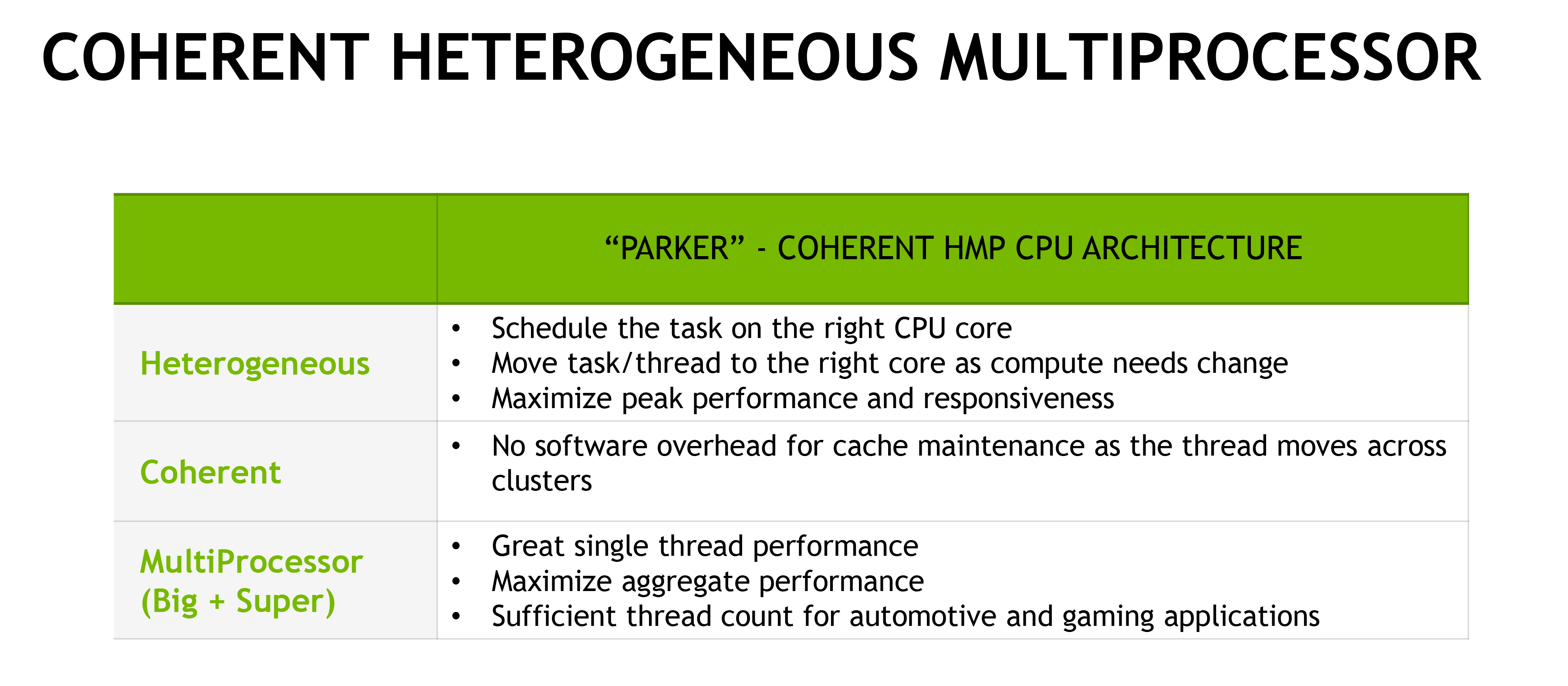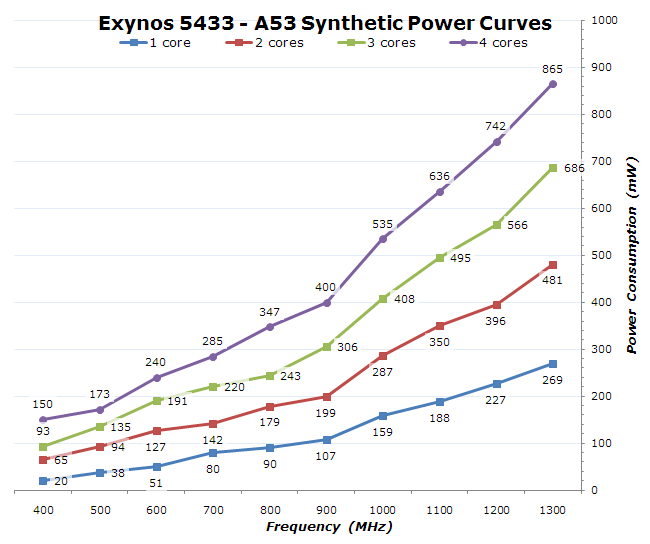calc84maniac
Member
When we start to do that we start to cause as many or more issues than just straight soft emulating Espresso. Timings would change which would require manual adjustments to either game code or to a s/w layer to sit on top and manage all of that somehow. To be honest I was shocked when WiiU continued down the PowerPC path at launch, it was always a technological dead end and left Nintendo stuck with a single supplier's tech that was never going to see a node shrink and thus the easy path to lower cost manufacture.
In fact the TX1 helps highlight some of these issues on it's own, despite shipping with a BIGlittle core setup only half the cores have ever been enabled in shipping solutions. The long standing rumour has been that cache coherency between the two four core modules is broken. Without cache coherency it's impossible for the two modules to share workloads without expensive and disastrously slow flush to RAM so everyone just fuses one or other module off. I'm very curious to see if Switch will completely excise these vestigial cores or will they just fuse them off as everyone else has.
Couldn't OS threads run rather independently from games though? Calls to the API could theoretically run directly on the big cores, while background threads run on the little cores.




